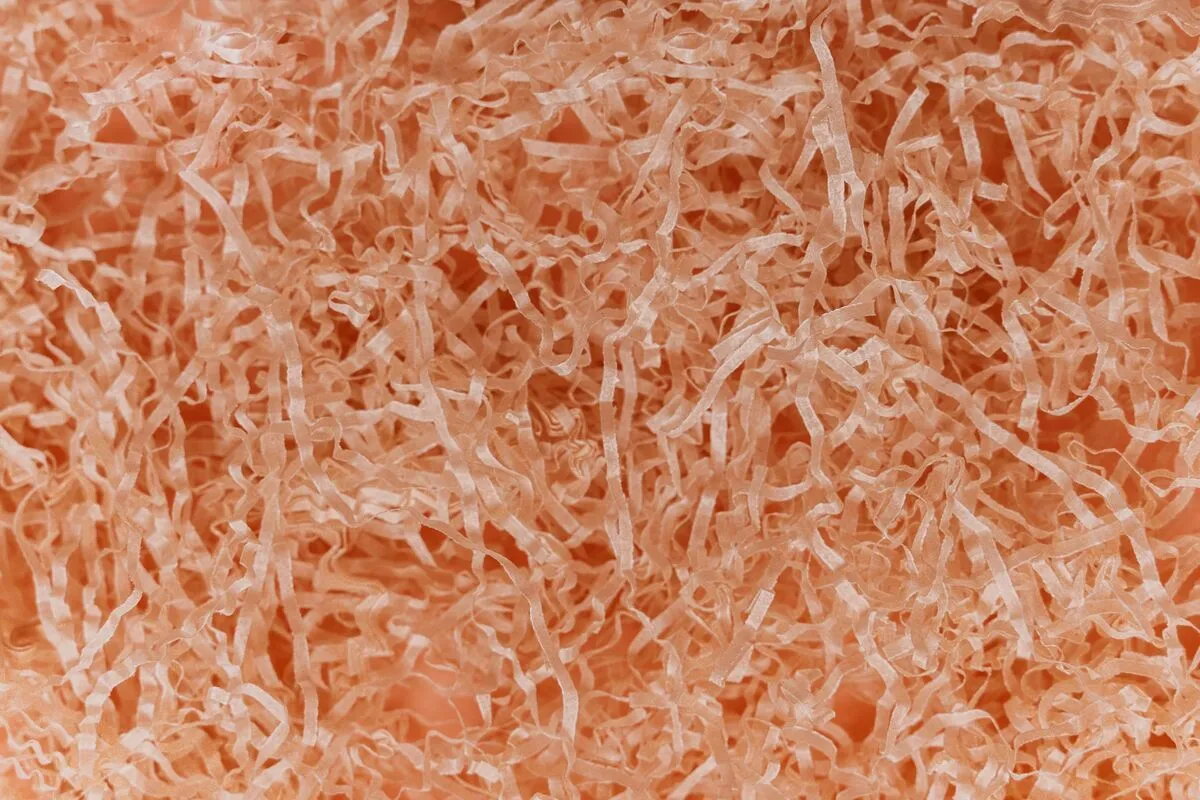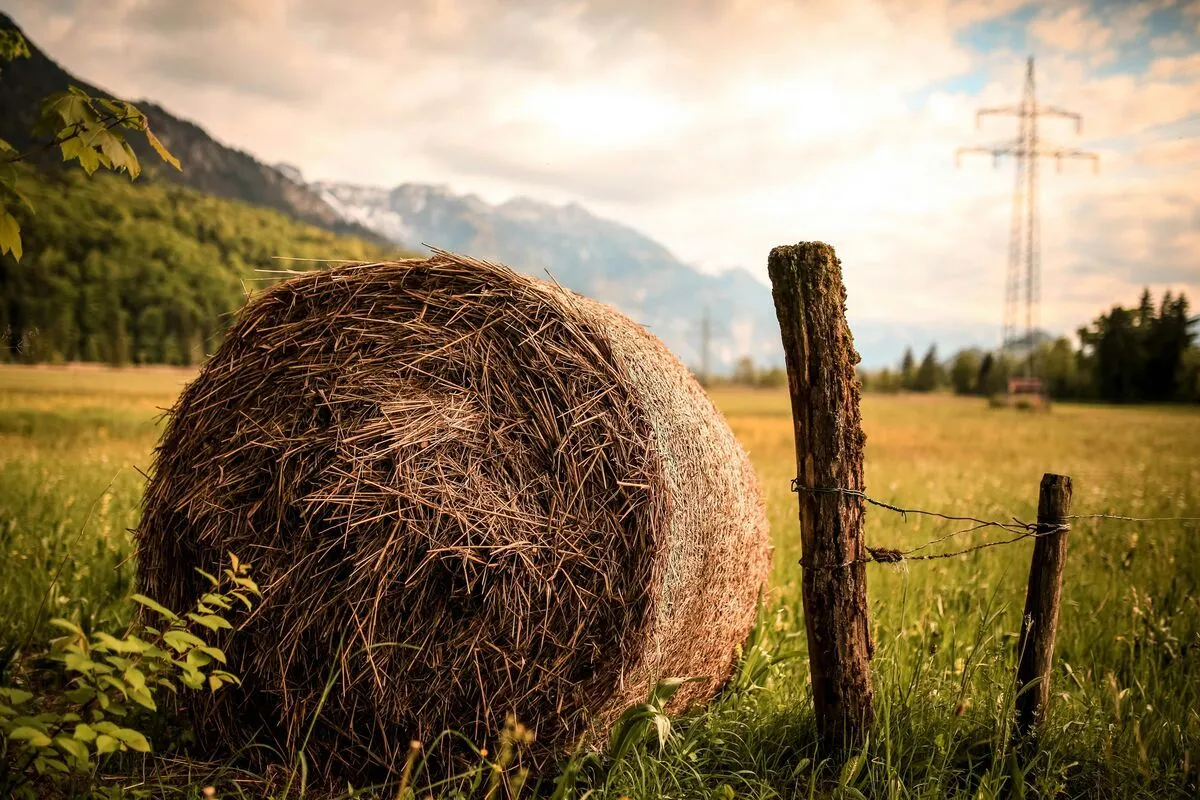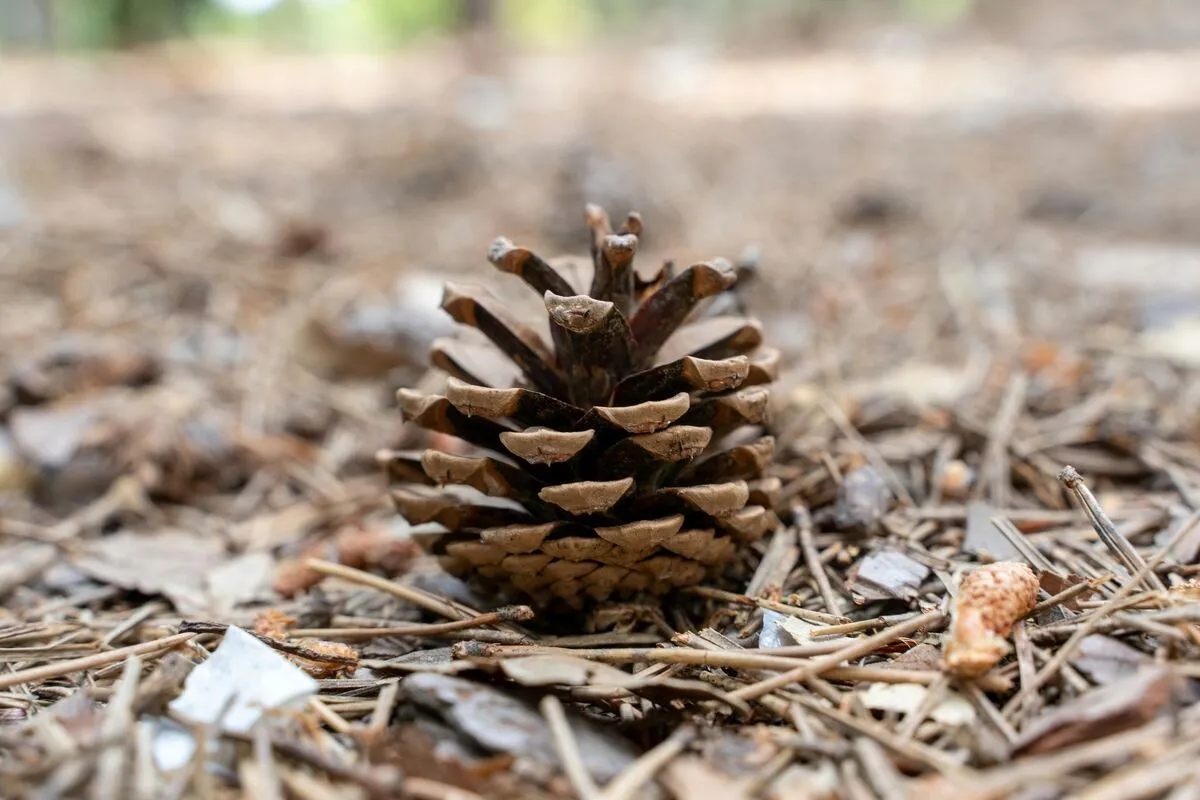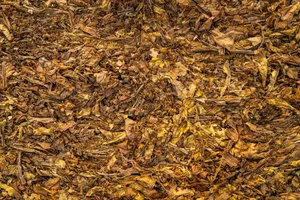
Got Browns for Compost? 5 Easy Sources for a Thriving Pile
Is your compost pile a bit… stinky? Maybe a little slimy? If you’re nodding along, you’ve probably got a “green” problem. It’s easy to do. We all toss in kitchen scraps, grass clippings, and garden weeds. But a compost pile fed only greens gets smelly and sad.
The secret to incredible, earthy compost isn’t glamorous. It’s all about the browns for compost.
Browns are your carbon-rich materials, the dry, woody stuff that balances out the wet, nitrogen-rich greens. Think of browns as the fuel and structure for your compost pile. They keep it from getting compacted, provide energy for the microbes, and prevent that awful rotten-sewer smell. So forget thinking of browns as “boring trash.” They are the key to black gold for your garden.
Let’s dig into five of the best sources for browns for your compost bin. You probably have most of them already.
1. Dry Leaves

If you have trees that drop their leaves in the fall, you’ve hit the jackpot. Raking leaves can feel like a chore, but you’re really just gathering free, high-quality material for your compost.
Don’t have any trees of your own? No problem. I bet your neighbors would be thrilled to have you rake and haul away their leaf bags. They get a clean yard, and you get one of the best browns for compost. Just let the leaves get dry and crunchy before you toss them in the pile.
2. Shredded Paper & Cardboard

You’ve got a pile of this, right? Junk mail, old newspapers, the kids’ school worksheets you’re not saving, and paper towel rolls are all fair game. I have a constant stream of paper coming home from my kids’ school, and most of it finds its way to the compost.
A quick tip here: shred or tear the paper and cardboard into smaller pieces. A whole sheet of paper can mat down and get slimy, but little strips will mix in perfectly and break down much faster.
3. Twigs & Small Branches

When you’re pruning trees or cleaning up after a storm, don’t just toss those branches aside. Chop them up into smaller pieces and add them to your pile.
I’ll be honest, thicker sticks and branches take a long time to break down. But they add a huge amount of carbon and create wonderful air pockets that keep your compost pile breathing. It’s well worth the wait.
4. Straw or Hay

Old straw makes for amazing compost. We raise a few animals, and when we muck out their stalls, the straw is already mixed with manure (a fantastic “green” material). That mix goes right into our compost bin or gets spread on the garden. It gives the decomposition a serious head start.
Even new, clean straw works wonders. If you don’t live in farm country where bales are easy to find, don’t worry. There are plenty of other options on this list.
5. Pine Needles

Don’t listen to the myth that pine needles will ruin your soil. While fresh needles are acidic, they become much more neutral as they break down in a hot compost pile.
They are a fantastic “brown” because they decompose slowly. This isn’t a bad thing. Their slow breakdown helps create a light, fluffy structure in your compost, letting air and water move through the pile effectively. Rake them up and toss them in.
Getting the Compost Mix Right
The trick to successful composting is balance. You need a good mix of browns and greens. A good rule of thumb for your pile is to aim for a ratio of roughly two parts brown material for every one part green material.
- Browns (Carbon): Dry leaves, straw, paper, twigs. (2 parts)
- Greens (Nitrogen): Kitchen scraps, fresh grass clippings, coffee grounds. (1 part)
Think of it like building a lasagna. Layer your dry browns with your wet greens. This balance feeds the microorganisms, controls moisture, and keeps air flowing. You also need to turn the pile every week or two to mix everything up and keep the process going.
A Few Browns to Avoid
While most dry, woody materials are great, you should steer clear of a few:
- Treated Wood: Sawdust or chips from pressure-treated or painted wood can leach nasty chemicals into your compost.
- Coal or Charcoal Ash: Unlike wood ash (which is fine in small amounts), these contain sulfur and heavy metals that are bad for your soil.
- Black Walnut Debris: The leaves, twigs, and nuts from black walnut trees contain a chemical called juglone, which can stop plants from growing.
Ultimately, your compost pile will become the soil that feeds your garden. Getting your browns right is the first and most important step to building fertility for years of bountiful harvests. It’s the simple foundation for a truly productive garden.
Related Articles
Continue exploring with these related gardening articles.

7 Ways to Unlock the Magic of Botanical Gardens (A Beginner's Guide)
Think botanical gardens are just pretty parks? Think again. Discover our top 7 tips for turning your first visit into a memorable adventure, from finding hidden worlds to packing like a pro.

Your Compost is Finished. Now What? A Guide on How to Store Compost
Learn how to store compost properly with 4 simple methods. From tarp piles to plastic totes, discover the best ways to keep your finished compost fresh and ready for your garden.
Related Quizzes
Explore these quizzes related to this article's topics.
Can You Identify These Common Garden Plants? Test Your Plant Knowledge
Think you know your roses from your peonies? Test your plant identification skills with our comprehensive garden plant quiz featuring 10 challenging questions.
Beginner Composting Quiz: Test Your Knowledge
Curious about composting? Take this quick quiz to see how much you know about turning kitchen scraps and yard waste into garden gold.